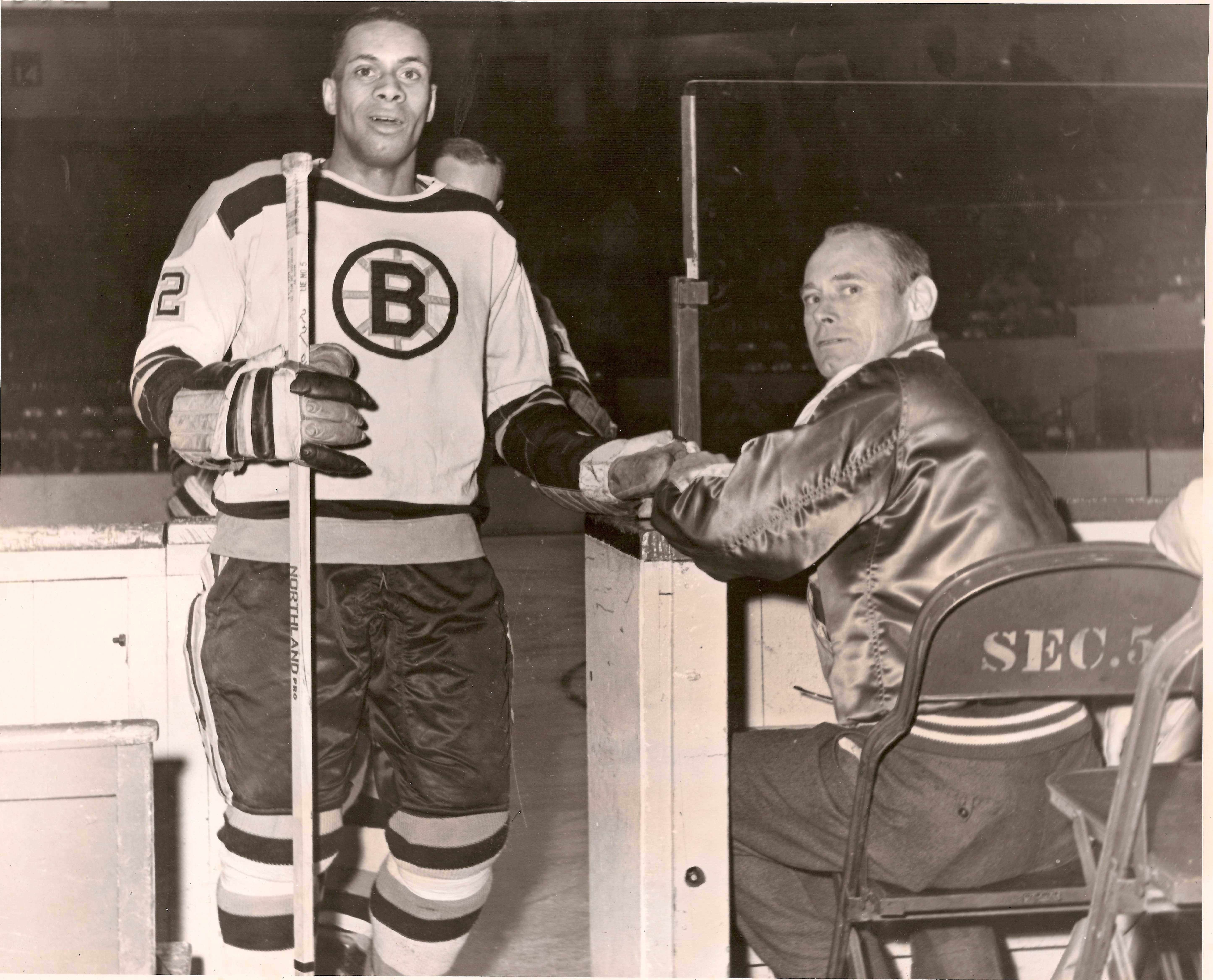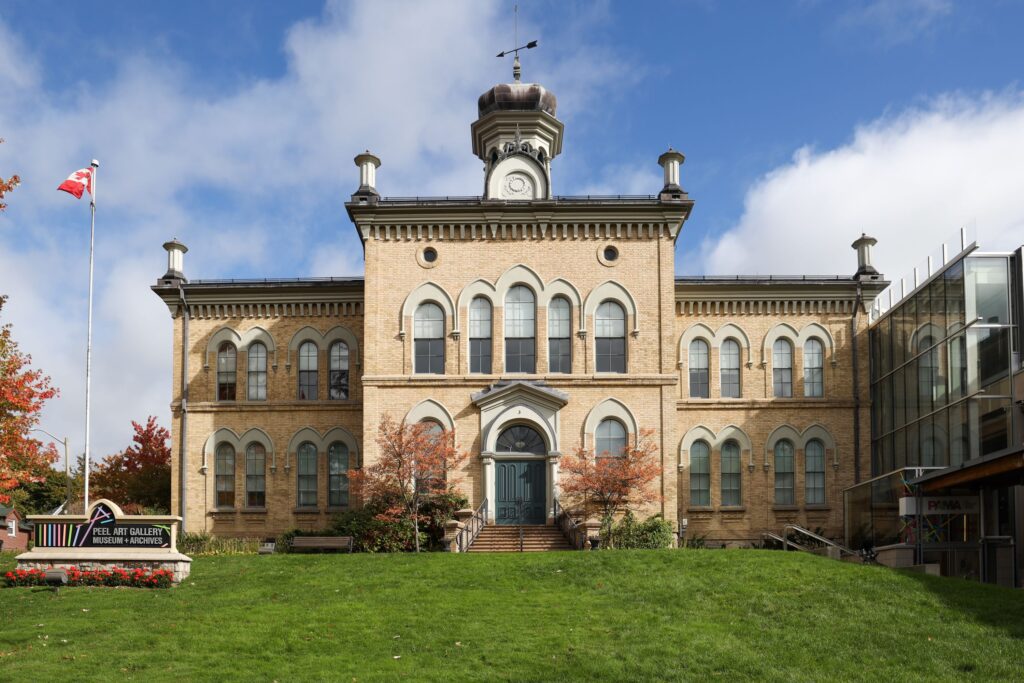When Willie O’Ree stepped onto the ice for the Boston Bruins on January 18, 1958, he didn’t just play a hockey game – he made history as the first Black player in the National Hockey League (NHL). During Black History Month, we celebrate Willie as he changed the face of professional hockey forever.
Willie O’Ree’s Early Life and the Road to History
Born in Fredericton, New Brunswick in 1935, Willie O’Ree grew up in one of the few Black families in his community. Despite facing racial prejudice, Willie’s determination and love for hockey drove him to excel in the sport.
What many don’t know about Willie’s historic NHL debut is that he achieved it while keeping a significant secret: he could only see out of one eye. After being hit by a puck in his junior hockey days, Willie lost 95% of his vision in his right eye. Had this been known, he would be ineligible to play in the NHL.
Willie O’Ree’s NHL Career
- 45 games with the Boston Bruins.
- 4 goals and 10 assists.
- Over 21 years of professional hockey across various leagues.
- Willie played until he was 43, demonstrating remarkable longevity.
However, his true impact extends far beyond these numbers. Today, Willie O’Ree’s influence on hockey continues to grow!
Since he stepped back from playing hockey:
- He was named NHL Diversity Ambassador in 1998.
- Willie led the “Hockey is for Everyone” initiative.
- The Hockey Hall of Fame welcomed Willie into their ranks of exceptional players in 2018.
- The Boston Bruins retired number 22 worn by Willie in 2022.
Impact on Youth Hockey
Through the NHL’s Hockey is for Everyone program, Willie has helped introduce more than 130,000 boys and girls from diverse backgrounds to hockey. His work focuses on creating opportunities for underprivileged youth, promoting diversity and inclusion in hockey, mentoring young players, and breaking down racial barriers in the sport

Willie O’Ree’s courage in breaking barriers and his continued dedication to making hockey accessible make him a vital figure in both sports and civil rights history. During Black History Month, his story serves as a powerful reminder that positive change often requires extraordinary courage and persistence.





